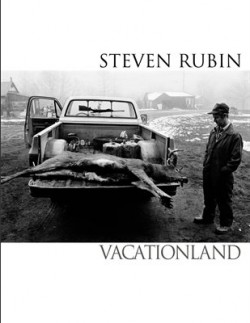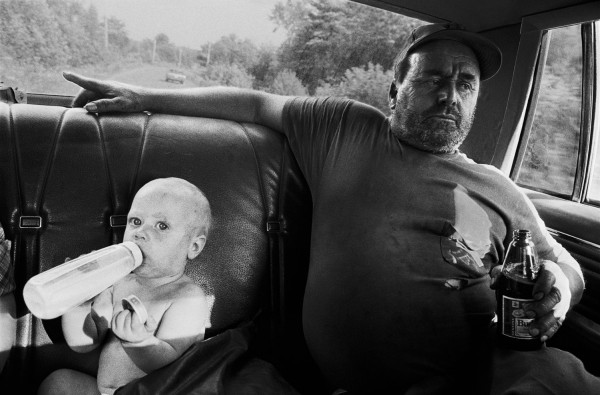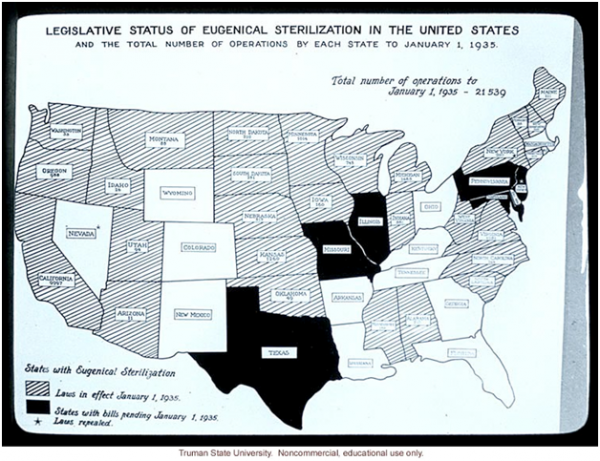“Bubb And His Great Uncle ‘Six Pack’ Sammy” 1990 by STEVE RUBIN
USA TODAY: Four out of five U.S. adults struggle with joblessness, near-poverty or reliance on welfare for at least parts of their lives, a sign of deteriorating economic security and an elusive American dream. Survey data exclusive to The Associated Press points to an increasingly globalized U.S. economy, the widening gap between rich and poor, and the loss of good-paying manufacturing jobs as reasons for the trend. While racial and ethnic minorities are more likely to live in poverty, race disparities in the poverty rate have narrowed substantially since the 1970s, census data show. Economic insecurity among whites also is more pervasive than is shown in the government’s poverty data, engulfing more than 76% of white adults by the time they turn 60, according to a new economic gauge being published next year by the Oxford University Press. The gauge defines “economic insecurity” as a year or more of periodic joblessness, reliance on government aid such as food stamps or income below 150% of the poverty line. Measured across all races, the risk of economic insecurity rises to 79%. Nationwide, the count of America’s poor remains stuck at a record number: 46.2 million, or 15% of the population, due in part to lingering high unemployment following the recession. While poverty rates for blacks and Hispanics are nearly three times higher, by absolute numbers the predominant face of the poor is white. More than 19 million whites fall below the poverty line of $23,021 for a family of four, accounting for more than 41% of the nation’s destitute, nearly double the number of poor blacks. MORE
RELATED: In 1982, with a camera but no car and little money, Steven Rubin hitchhiked around Maine, heading inland from the coast and finding his way to this remote region where the photographs in this exhibit were taken, living for a time in an abandoned cabin without electricity, heat, or running water. When the winter proved too cold, he accepted a bare mattress in the corner of a family’s mobile home. He eventually became a fixture in the  community and they embraced him, at least for a time. Over the years he returned for numerous visits. Maine’s Route One winds its way along a coastline graced by scenic vistas, picturesque fishing villages anchored by lobster shacks, seaside resorts and the vacation homes of millionaires. This is the Maine featured in tourist brochures and embedded in our collective vision of the state. But there exists another Maine, a land of perennial poverty just beyond the interstate. It is home to the people portrayed here. Long term residents of the backwoods, they live in scattered dwellings whose distance from the coast is measured in more than miles. Here they remain exiled from the American Dream and from the description on the state license plates which reads VACATIONLAND. MORE
community and they embraced him, at least for a time. Over the years he returned for numerous visits. Maine’s Route One winds its way along a coastline graced by scenic vistas, picturesque fishing villages anchored by lobster shacks, seaside resorts and the vacation homes of millionaires. This is the Maine featured in tourist brochures and embedded in our collective vision of the state. But there exists another Maine, a land of perennial poverty just beyond the interstate. It is home to the people portrayed here. Long term residents of the backwoods, they live in scattered dwellings whose distance from the coast is measured in more than miles. Here they remain exiled from the American Dream and from the description on the state license plates which reads VACATIONLAND. MORE
RELATED: Time magazine’s LightBox blog was one of the first publications to cover Steven Rubin’s new drkrm show, Vacationland. Some of the blog’s readers, apparently Mainers, showed concern about the image of rural Maine put forth by Steve Rubin’s photos. More to the point, they thought Rubin made rural Maine look like a shithole. MORE
TIME’S LIGHTBOX: Vacationland
NEW YORK TIMES: CARRIE BUCK, or rather her last name, appears just once in the books of Charles Murray, the conservative sociologist and author of the recent work “Coming Apart: The State of White America, 1960-2010,” his portrait of the decline of poor white Americans. To find it, you have to look through the endnotes for the introduction to his most famous book, “The Bell Curve,” in which he cites Buck v. Bell, the 1927 Supreme Court case that approved Ms. Buck’s involuntary sterilization. It’s a striking omission, because her case highlights the historical blindness of Mr. Murray’s narrow focus on the cultural and policy changes of the 1960s as the root of white America’s decline. The story of white poverty, as Ms. Buck’s story illustrates, is much longer and more complex than he and his admirers realize or want to admit. In 1924 Virginia ordered Ms. Buck, 18 years old, unmarried and pregnant, to be forcibly sterilized. Her legal guardian appealed, and the case made it to the Supreme Court. The winning argument blamed her pregnancy on hereditary weaknesses — in particular, her presumed feeblemindedness. Justice Oliver Wendell Holmes Jr.’s majority opinion entered history: “Three generations of imbeciles are enough.” […] The first person slated for sterilization under Virginia’s new law was Carrie Buck, the daughter of an unmarried mother living in the State Colony for Epileptics and Feeble-Minded. Since both mother and daughter had been designated as feebleminded, her sterilization was deemed necessary to halt the propagation of “the shiftless, ignorant and worthless class of anti-social whites of the South.” After her sterilization, she lived an otherwise normal adult life. Along with Ms. Buck, some 65,000 Americans were sterilized before 1968. Virginia repealed its sterilization law in 1974, and in 2002 the state placed a commemorative marker to Buck v. Bell in Ms. Buck’s hometown of Charlottesville. The governor issued a formal apology. MORE


